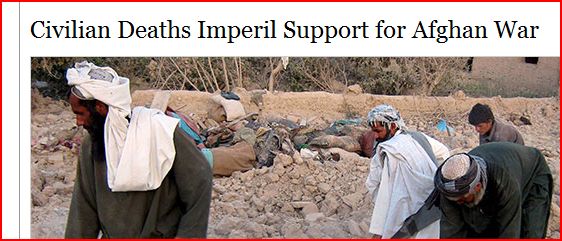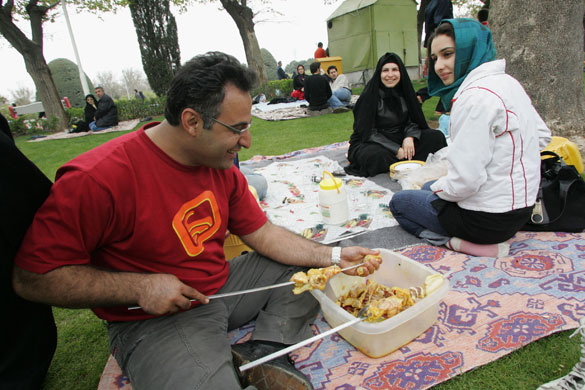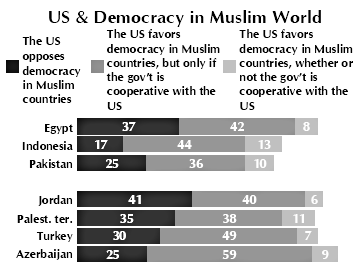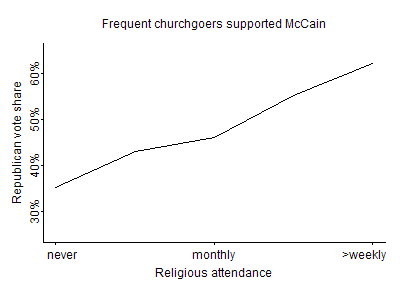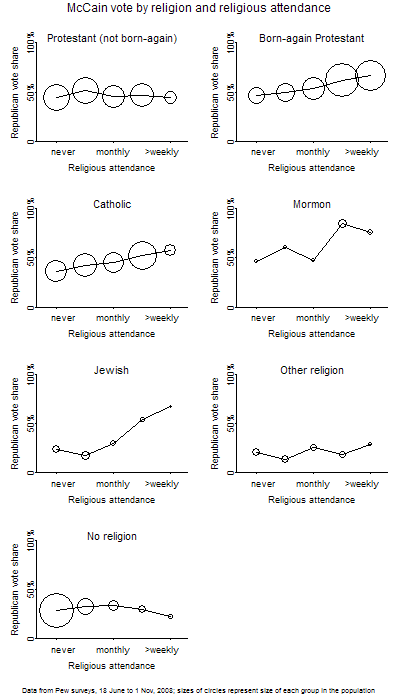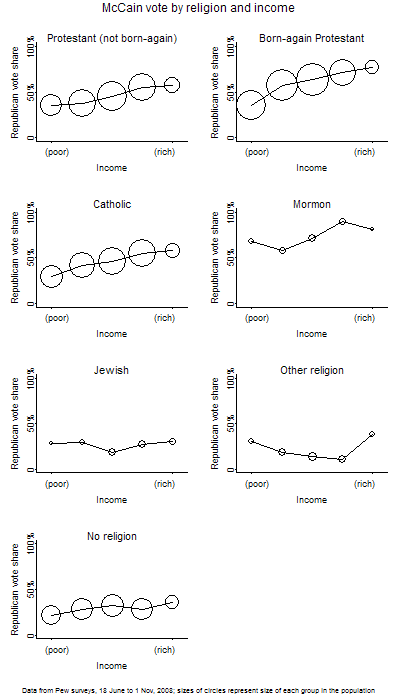
Nadya L. sent in a video, embedded below, produced by a Christian anti-pornography initiative. It uses the logic that all women involved in sex work are “somebody’s daughter” and, thus, men should not consume pornography.
Ross Rosenberg at Coilhouse points out that the video erases the possibility that participating in the production of porn does not, inherently, ruin women foreverandever (and, thus, dads and moms should not necessarily be disappointed when their daughter participates in sex work). More provocatively, he asks:
[Why is] the idea of that the object of ones lustful desires is ‘somebody’s daughter’… a functional deterrent…[?]… Really, what is this video talking about here? Is it a serenade to the sanctity of our children’s innocence; the preciousness of their safety or merely the thinking that, if someone masturbates to images of my daughter, she has embarrassed me. If this was your daughter, what shame would it bring down upon you, her father? [Why would it] …be terrible for you and your family if it was discovered that your daughter was a pornstar or a stripper?
In my Power and Sexuality course, I discuss sex work and empowerment. Instead of essentializing both femininity and sex work and arguing that all sex work is inherently oppressive to women, I suggest that social conditions (such as patriarchy) and institutional features (such as pro- versus anti-unionization measures) shape the work environment of sex workers in positive and negative ways. Instead of asking: “Is sex work oppressive to women?” I ask: “What makes sex work more and less oppressive to women?” I think the latter leads to a much more interesting conversation.
For more posts trying to think through the topic of sex work, see here, here, here, here, and here.
—————————
Lisa Wade is a professor of sociology at Occidental College. You can follow her on Twitter and Facebook.



